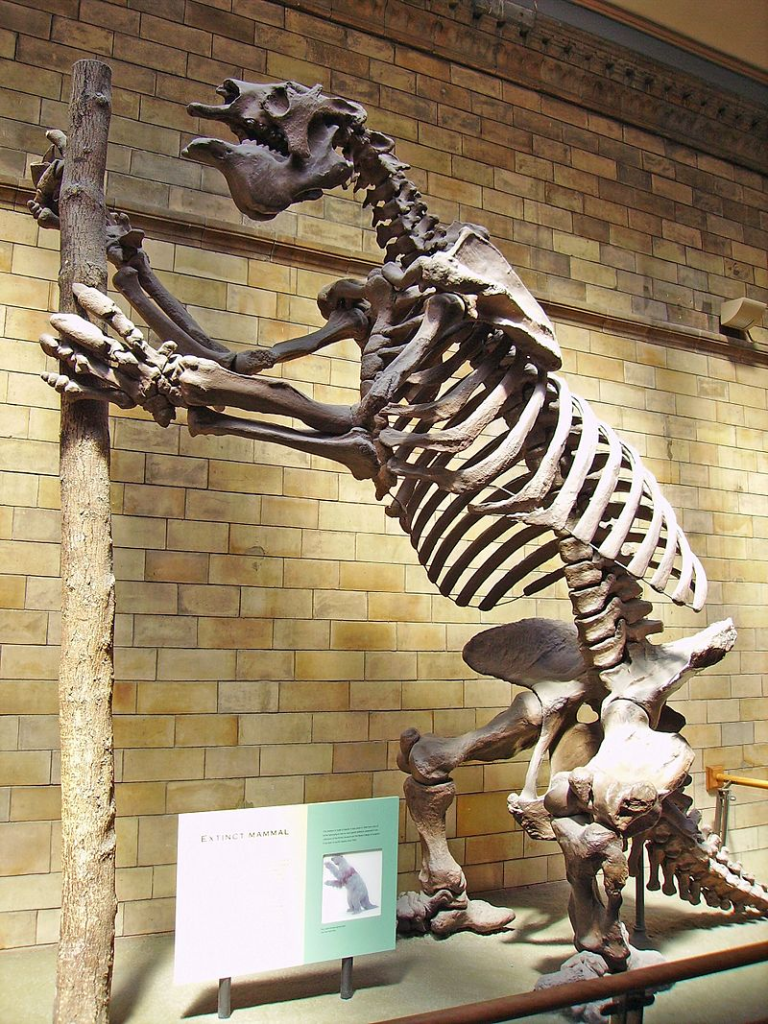Have you ever imagined giant tunnels dug by prehistoric sloths? It may sound like an outlandish idea, but across southern Brazil, these massive tunnels known as paleoburrows exist. Measuring up to 2,000 feet in length and over six feet in height, these tunnels were relatively unknown until a Brazilian geologist made an intriguing discovery while driving down the highway. In this article, we will delve into the fascinating world of paleoburrows, exploring their origins, significance, and the efforts to preserve them.
Unveiling the Enigmatic Paleoburrows

In the early 2000s, Professor Heinrich Frank from the University of Rio Grande do Sul stumbled upon an extraordinary sight. While passing by a construction site, his attention was captured by a peculiar hole exposed by the excavators. Intrigued by its purpose, he returned to investigate further. Crawling through the 15-foot-long opening, he noticed claw marks on the cave’s ceiling—a phenomenon that couldn’t be attributed to natural processes.
Professor Frank, an expert in his field, realized that these unique characteristics were evidence of an animal’s excavating efforts. Though unfamiliar with the term at the time, he concluded that these underground tunnels were paleoburrows—shelters dug by extinct animals from the prehistoric era. The leading contenders for the tunnel creators are believed to be giant ground sloths or armadillos.
Unveiling the Vast Underground Network Dug by Prehistoric Sloths
Driven by his initial discovery, Professor Frank embarked on a quest to explore and document more paleoburrows. To his astonishment, he encountered a vast number of tunnels right before his eyes. Leveraging Google and examining photos shared by people, he has managed to document over 1,500 paleoburrows to date. However, this newfound knowledge has brought about a sense of urgency among researchers.

The tunnels face potential ruin from exposure to the elements or even human interference. Construction projects, whether residential buildings or highways, pose a significant risk to these unique sites. Consequently, Projeto Paleotocas was initiated by Professor Frank with the goal of extensively documenting the tunnels and raising awareness about their preservation. While many mysteries still surround paleoburrows, such as their precise age and the specific animals responsible for their creation, it is precisely this enigma that fuels excitement in the field.
Reconstructing the Homes of Prehistoric Sloths

The significance of the research on paleoburrows lies in the ability to reconstruct the living environments of prehistoric animals. Unlike the study of dinosaurs, where bones provide insight into their existence, the paleoburrows offer a glimpse into the actual habitats of these ancient creatures. Professor Frank emphasizes the uniqueness of this branch of paleontology, stating, “This research doesn’t exist in any branch of paleontology. You have the dinosaurs. You have their bones. But you don’t know where they lived. Not us. We find their home.”
By unearthing and studying these subterranean labyrinths, Professor Frank and his team are pioneers in the field, pushing the boundaries of knowledge. They aspire to collaborate with more researchers who share their passion and curiosity.
Summary
The discovery of the paleoburrows in southern Brazil has opened up a world of possibilities for researchers and enthusiasts alike. These massive tunnels, believed to be the work of giant ground sloths or armadillos, provide unique insights into the lives of prehistoric animals. Despite the challenges posed by construction and the elements, efforts are underway to document and preserve these remarkable sites. Projeto Paleotocas aims to raise awareness and ensure the longevity of these natural wonders, enabling us to reconstruct the homes of creatures long extinct. The quest continues, and the allure of the paleoburrows remains as captivating as ever.



